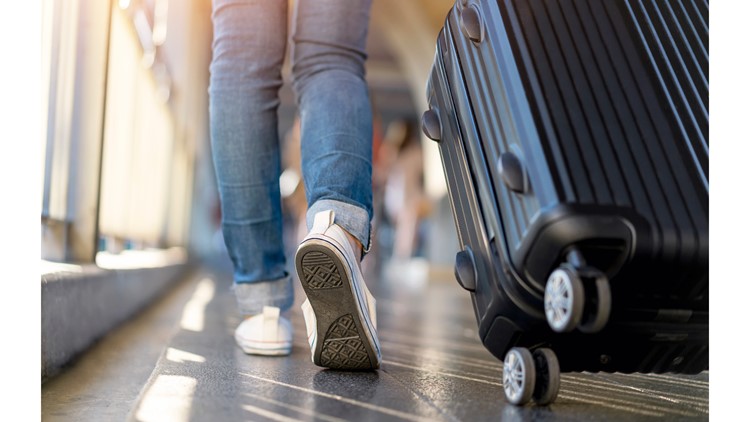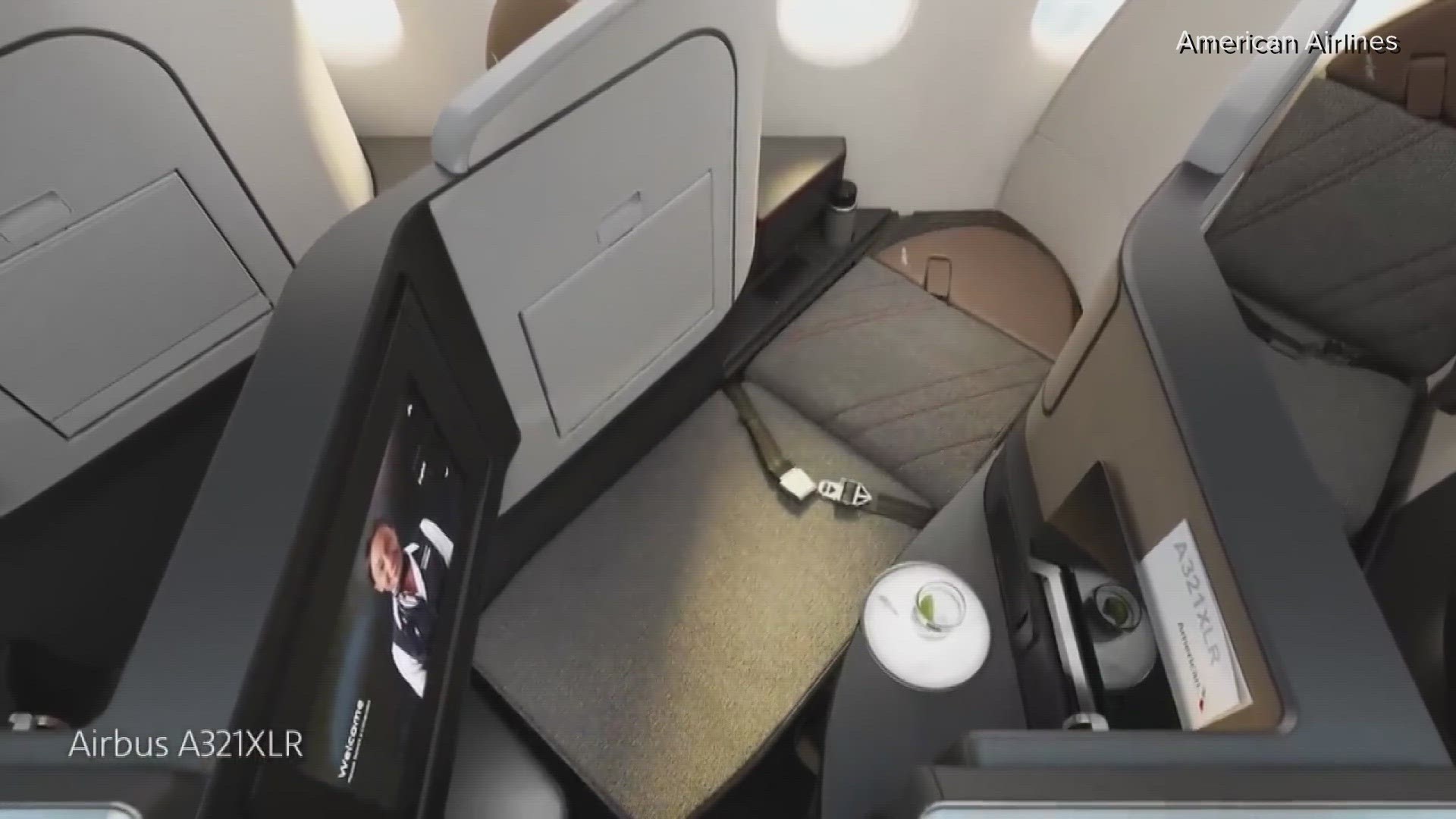DALLAS — There could be more or less depending on who you ask, but Mark Duebner, director of Aviation for the city of Dallas, thinks four types of travelers frequent Dallas Love Field Airport.
The first is the super traveler who flies every week. The second is the business traveler who flies less often, but still understands the ins and outs of the process. The third is the family, and the fourth is the person who travels maybe once a year and is intimidated by the hustle and bustle.
"We have these four groups," Duebner said Friday at the Aviation Breakfast at the Frontier of Flight Museum near Love Field. "The problem is, when we talk about customer journey, they're in conflict."
Airports across the country try to implement solutions that will make life easier for each of those four types of groups, but that can pose a problem. A solution that benefits the super traveler might confuse the person who hasn't flown in years.
Duebner gave examples of how Love Field is using different technologies to help the flow of the airport, no matter the passenger. One example is checked bags. The airport now uses a robot cart system as opposed to the old conveyor system.
There are now dozens of robots "working in the basement at Love Field taking your bag, carrying it to a TSA agent, having them do hand screening, and then taking it back to the line where it sends it out to be loaded on the plane."
Another example is a collaboration with the dominant carrier at Love Field, Southwest Airlines, for new signage that essentially uses subliminal messaging to tell flyers whether they need to rush to their gate (that signage is yellow) or if they've got plenty of time to grab a snack or coffee (those sings are blue).
As Ken Buchanan, executive vice president of Revenue Management for Dallas Fort Worth International Airport, pointed out Friday during a panel, getting passengers into the terminal quicker means more for the airport's bottom line.
"There's a direct correlation between the amount of time that a customer has once they get through that journey experience (security) and the amount of revenue that you can receive," Buchanan said.
That's part of the reason why DFW has implemented things like TSA wait time screens that show you how long it'll take to get through security and if it's worth walking a few minutes down to the next checkpoint that might be less busy.
That information is available on the airport's app so flyers can check wait times before they even get to the airport.
It's also why more biometric identification processes, which are faster than traditional methods, are becoming commonplace at DFW. Biometrics includes things like face screening at gates, which expedites the boarding process.
One of the areas biometric methods is being implemented is the customs section, which airport leadership believes is a key demographic to capture.
"We know that the connecting international passenger has a lot of money to spend," Buchanan said. "But if you don't give them the time to spend it and really enjoy your airport, those are missed opportunities."



